2018年国际消除病毒性肝炎暨乙肝母婴零传播工程高峰论坛在广州举行
七院士共呼吁 消除肝炎广州宣言发布
12月14-15日,由中国肝炎防治基金会、广东省精准医学应用学会、南方医科大学南方医院主办的2018年国际消除病毒性肝炎暨乙肝母婴零传播工程高峰论坛在广州举行,这是我国消除病毒性肝炎领域工作的首届国际学术盛会。
中国工程院侯云德院士、闻玉梅院士、郎景和院士、李兰娟院士、董家鸿院士、中国科学院金力院士、王福生院士等7名院士携手出席了会议的院士论坛,共促我国消除病毒性肝炎工作。会议上重磅发布了《为了没有乙肝的未来广州宣言》,凝聚我国肝炎防治工作者为消除病毒肝炎发出呼吁和承诺,再度吹响消除病毒性肝炎的集结号,为我国肝炎防治工作者提出了系统化的工作思路、明确了工作重点,这将为促进我国成为国际消除病毒性肝炎的先行区、示范区起到积极的推动作用。

中国工程院院士 侯云德
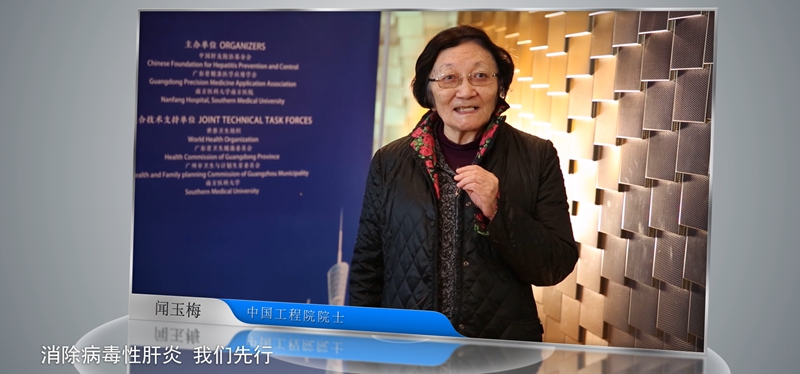
中国工程院院士 闻玉梅

中国工程院院士 郎景和

中国科学院院士 金力

中国工程院院士 李兰娟

中国科学院院士 王福生

南方医科大学南方医院 骆抗先教授
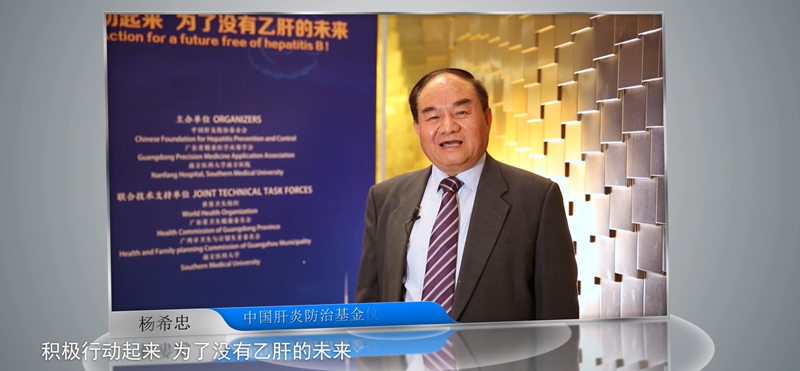
中国肝炎防治基金会秘书长 杨希忠
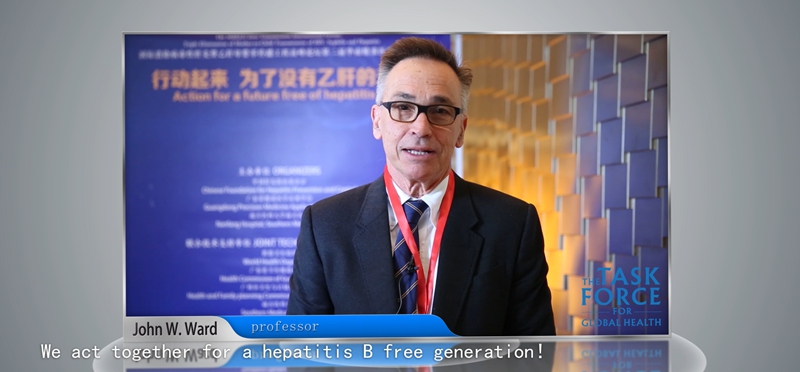
美国疾控中心John W. Ward
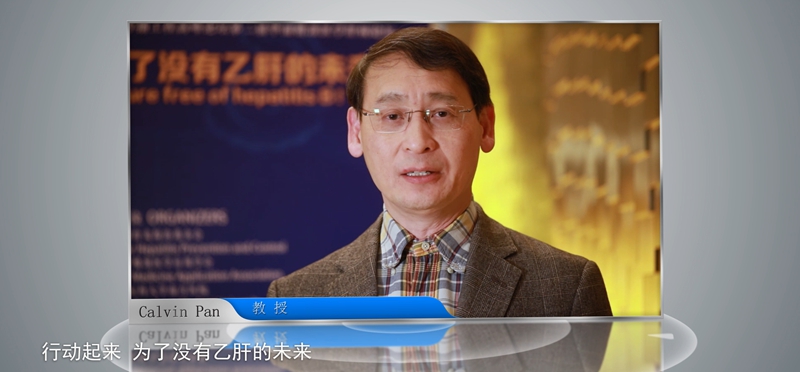
Calvin Pan教授
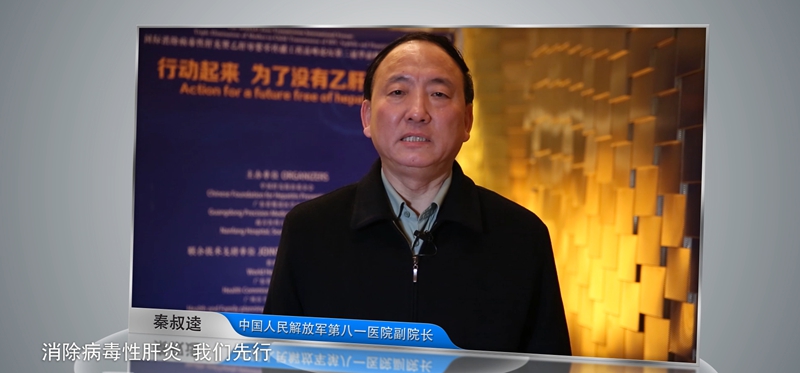
中国人民解放军第八一医院副院长 秦叔逵
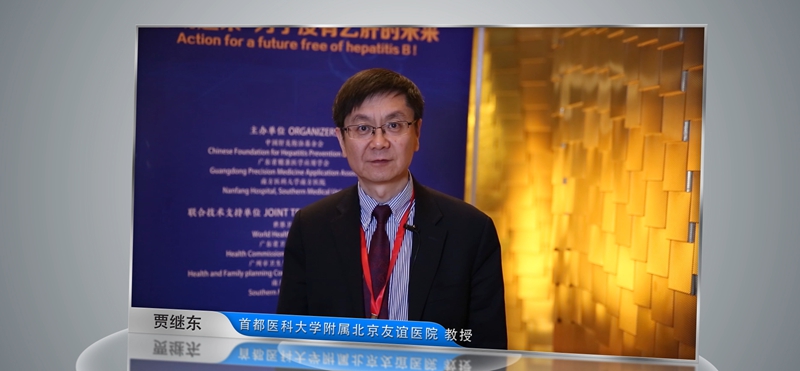
亚太肝病学会执行委员 贾继东
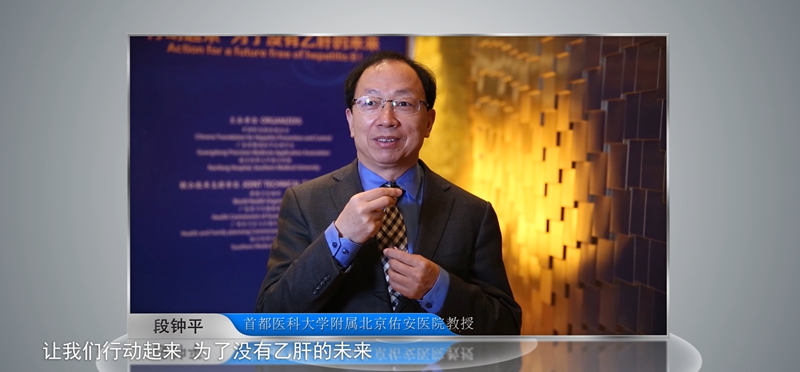
首都医科大学附属北京佑安医院人工肝中心首席专家段钟平

北京大学肝病研究所所长魏来
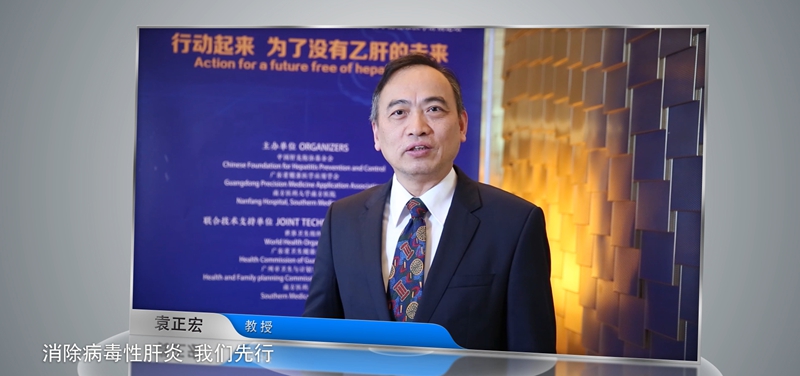
复旦大学党委副书记袁正宏
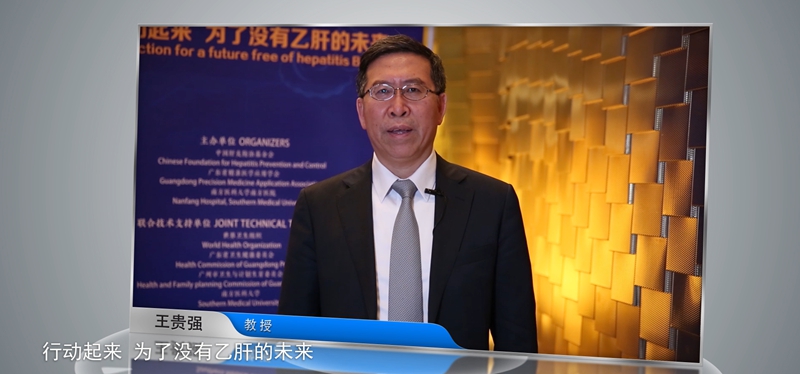
中华医学会感染病学分会主任委员 王贵强

中国肝炎防治基金会副理事长、广东省精准医学应用学会副会长、南方医科大学南方医院 侯金林教授

大会合影
目前,全球约有2.57亿乙型肝炎感染者,每年因乙型肝炎所导致的死亡人数达到88.7万。中国是病毒性肝炎大国,乙肝和丙肝感染人群超过1个亿,每年相关医疗年支出超2000亿元。在全社会的努力下,中国在乙型肝炎防治方面取得了举世瞩目的成就,2014年调查数据表明,我国5岁以下儿童的乙肝感染率已经降至0.32%。
但我国病毒性肝炎防治工作仍面临着严峻挑战:受经济发展或其他因素的影响,在我国有些地区的新生儿乙肝疫苗接种覆盖率仍然很低;公众对病毒性肝炎的认知率不高、就诊率低;患者依从性差、治疗不规范;药物可及性差、医疗保险滞后;高风险人群的乙肝、丙肝感染境况尚未得到根本的改善;社会上对病毒性肝炎患者的歧视依然存在。
据广东省精准医学应用学会副会长、南方医科大学南方医院感染内科主任侯金林主任介绍,母婴传播是乙肝的重要传播途径,阻断母婴传播是消除乙肝的一个巨大挑战。广东是“乙肝大省”,每年仍有不少新生儿成为慢性乙肝病毒携带者。广东省卫生计生委今年开始,在全省实施消除艾滋病梅毒乙肝母婴传播项目的基础上,开展以“乙肝母婴零传播”为目标的综合干预试点工作。目前在乙肝母婴阻断传播领域,已经有非常成熟的技术,通过综合干预,可以使乙肝妈妈生下健康的宝宝,实现“乙肝母婴零传播”。但仍需加强对公众的开展科普教育,对专业人员开展规范治疗技术的培训。此次大会发布《为了没有乙肝的未来广州宣言》,希望能进一步促进政府、专业机构、社会组织、公众等全社会在防治病毒性肝炎方面的通力合作,不断提高我国病毒性肝炎防治水平,为消除肝炎、为实现乙肝母婴零传播做出贡献。
为了没有乙肝的未来——广州宣言
羊城12月,来自海内外的肝炎防治工作者相聚国际消除病毒性肝炎暨乙肝母婴零传播工程高峰论坛,在此,我们发出共同的呼声:
我们呼吁,全社会高度重视和支持乙型肝炎防治工作。目前乙型肝炎严重危害着公众健康,已成为全球性重要的公共卫生问题。目前全世界约有2.57亿乙型肝炎感染者,其中我国有8600万,约占全球的1/3。全球每年因乙型肝炎所导致的死亡人数达到88.7万,给社会造成了沉重的经济负担。
我们欣喜地看到,在全社会的努力下,中国在乙型肝炎防治方面取得了举世瞩目的成就,2014年调查数据表明,我国5岁以下儿童的乙肝感染率已经降至0.32%。
我们同时清醒地看到,受经济发展或其他因素的影响,在我国有些地区的新生儿乙肝疫苗接种覆盖率仍然很低;公众对病毒性肝炎的认知率不高、就诊率低;患者依从性差、治疗不规范;药物可及性差、医疗保险滞后;高风险人群的乙肝、丙肝感染境况尚未得到根本的改善;社会上对病毒性肝炎患者的歧视依然存在。
我们认为,消除病毒性肝炎需要政府、专业机构、社会组织、公众等全社会的通力合作。2016年,世界卫生大会通过了WHO《全球卫生部门病毒性肝炎战略》,提出了“到2030年消除肝炎危害”的宏伟战略目标。2017年,我国发布了《中国病毒新肝炎防治规划》,与此同时,中国肝炎防治基金会启动了“乙肝母婴零传播工程”,吹响了消除乙型肝炎的集结号。
我们共同承诺:
一、努力向社会公众传递科学的乙型肝炎防治知识,提高公众对乙型肝炎的认知水平和防护意识,创造良好的社会环境,消除肝炎歧视。
二、努力向乙型肝炎防治工作者推广技术规范和新技术,提高乙型肝炎的诊断率和规范治疗率,降低乙肝相关死亡率。
三、以政府为主导,协调各方、整合资源,关注偏远地区的肝炎防控,提高乙型肝炎治疗的可及性。
四、推广以“乙肝母婴零传播”为目标的综合干预项目,加强母婴传播阻断工作,降低乙肝新发感染率。
五、积极开展切实可行的乙型肝炎防治项目,为政府医疗卫生政策的制定建言献策。
我们携起手来,共同行动,为消除乙型肝炎对人类的威胁,创造没有乙肝的未来、为促进“健康中国”建设而努力奋斗!
消除肝炎,我们先行!
国际消除病毒性肝炎暨乙肝母婴零传播工程高峰论坛
2018年12月15日
Working Together for a Hepatitis-Free Future——Statement of Guangzhou
At the end of 2018, Scholars and experts in the field of hepatitis prevention and control come together in Guangzhou from oversea and China. At the SHIELD Zero Transmission International Forumheld in Guangzhou, we make this joint statement:
We call on the entire society to pay attention to and support the work on prevention and control of hepatitis B. Hepatitis B and its sequelae is a global health issue, which pose serious threats to the public health. Worldwide approximate 257 million people are living with hepatitis B virus and 86 million in China, accounting for 1/3 of global. Hepatitis-related liver cirrhosis and liver cancer cause an estimated 1.4 million deaths each year, as well as great financial burden to the society.
We are delighted to witness that China has gained remarkable achievement in prevention and control of hepatitis B. The latest epidemiological survey in 2014 showed that the HBsAg positive rate was as low as 0.32% among children under 5 years old.
At the same time, we also realize that there are several challenges existing in the way to “zero transmission”–the coverage of hepatitis B vaccination is still very low in certain regions, public awareness and testing rates of viral hepatitis remain low, adherence to treatment is inadequate and treatment regimens are usually not standardized. Additionally, the accessibility to and health insurance coverage for medicines for viral hepatitis remain inadequate. Hepatitis B infections among high-risk populations continues to be an unresolved problem. Stigma and discrimination towards people living with hepatitis B still exist in the society.
We believe, to eliminate viral hepatitis, governments, medical communities, NGOs, patients and the society must work closely together with one aim. In 2016, the World Health Assembly endorsed the vision of “Elimination of Viral Hepatitis as a public health threat by 2030”. In 2017, China released the first-ever 《Viral hepatitis prevention and control plan》. Moreover, Chinese Foundation for Hepatitis Prevention and Control (CFHPC) launched “Shield Project”, aiming to accelerate elimination of hepatitis B.
We jointly make commitments as following:
1. To promote publicity of correct knowledge on viral hepatitis prevention and treatment through multiple approaches, improve public awareness and knowledge of viral hepatitis, and build an environment without stigma and discrimination towards people living with chronic viral hepatitis.
2. To actively promote universal hepatitis B vaccination for infants and strengthen prevention of mother to child transmission of hepatitis B,reduce the new incidence of hepatitis B infection.
3. To promote mass screening and standard treatment, and reduce viral hepatitis B related mortality through adequate diagnosis and effective treatment, and to strengthen advocacy for care and support for high-risk populations.
4. To advocate governments to coordinate multi-stake holders and mobilize all available resources, pay more attention on prevention and control of viral hepatitis in remote and resource-constrained regions, and promote equitable access to hepatitis treatment.
5. To actively promote implementation of pilot projects on viral hepatitis prevention and treatment, and provide evidence and programmatic support for government policy making in the national response to hepatitis prevention, care and treatment.
Let’s join hands and work together with all stake-holders to eliminate viral hepatitis as a public health threat, to strive towards a hepatitis-free future, to make effort to construct a“Health China”!
Action for eliminating hepatitis!







 粤公网安备44010402000942号
粤公网安备44010402000942号